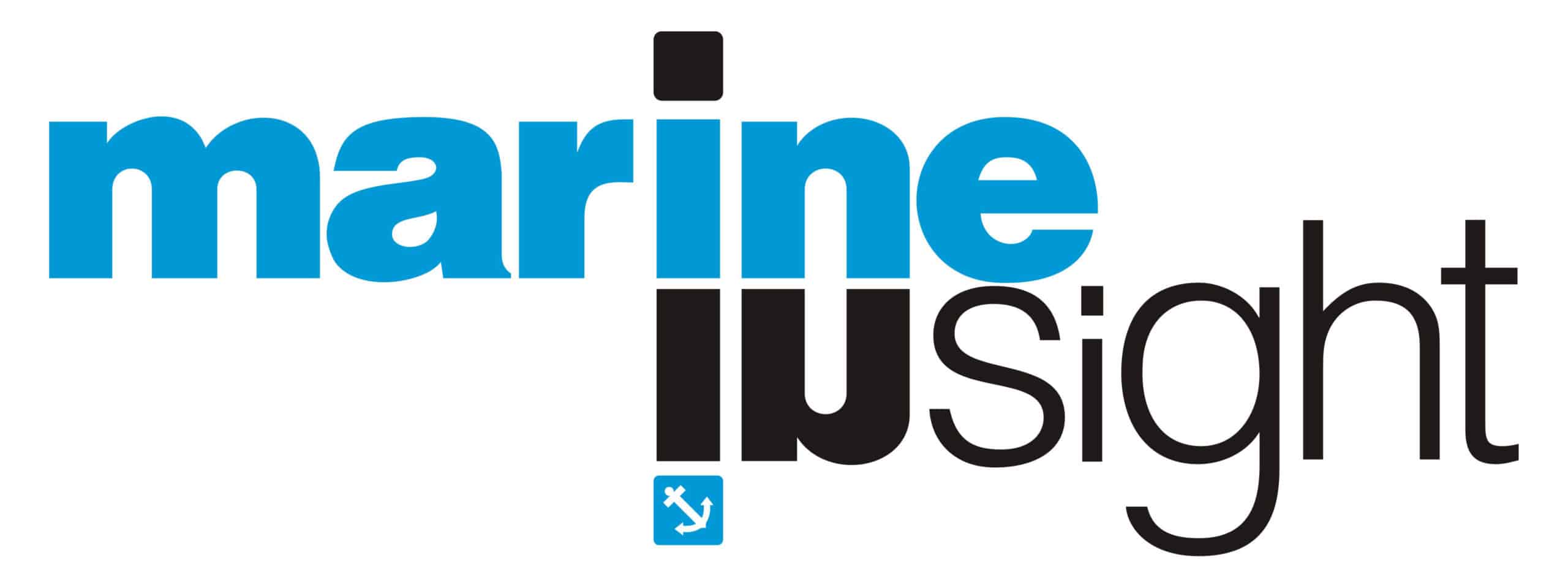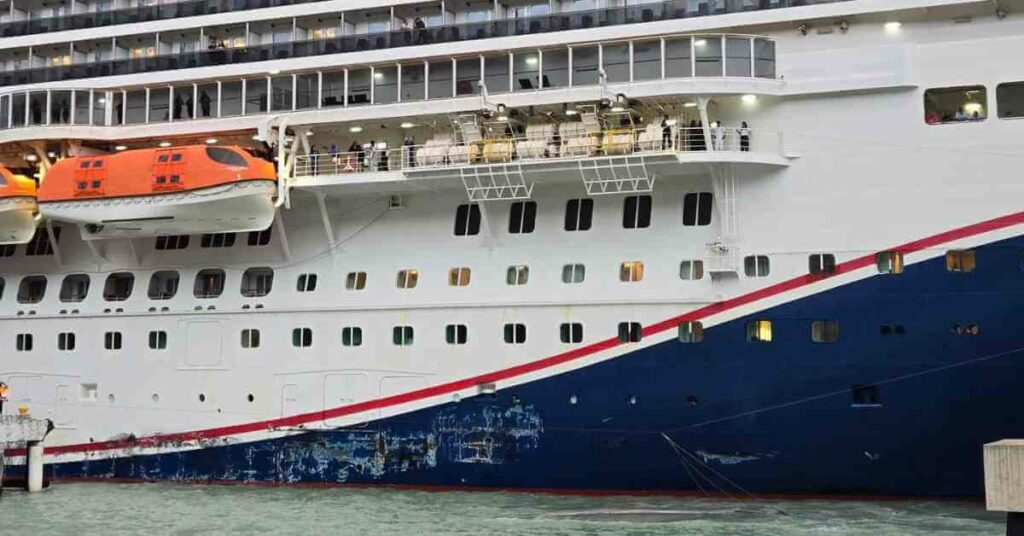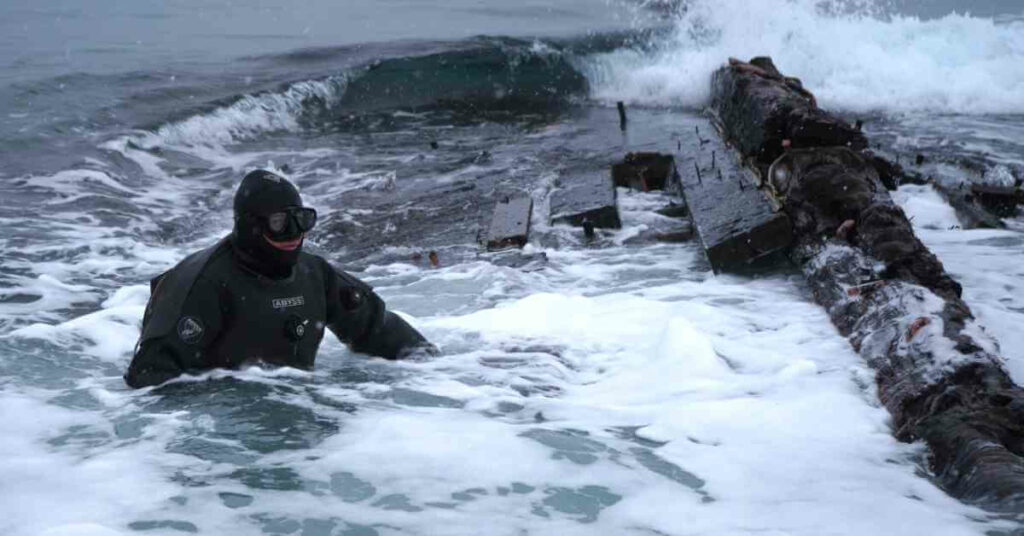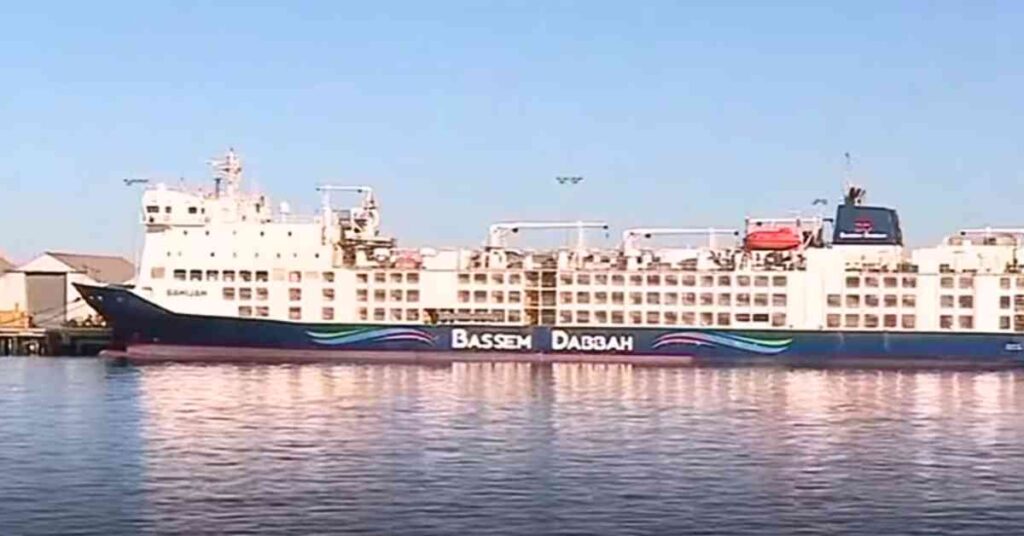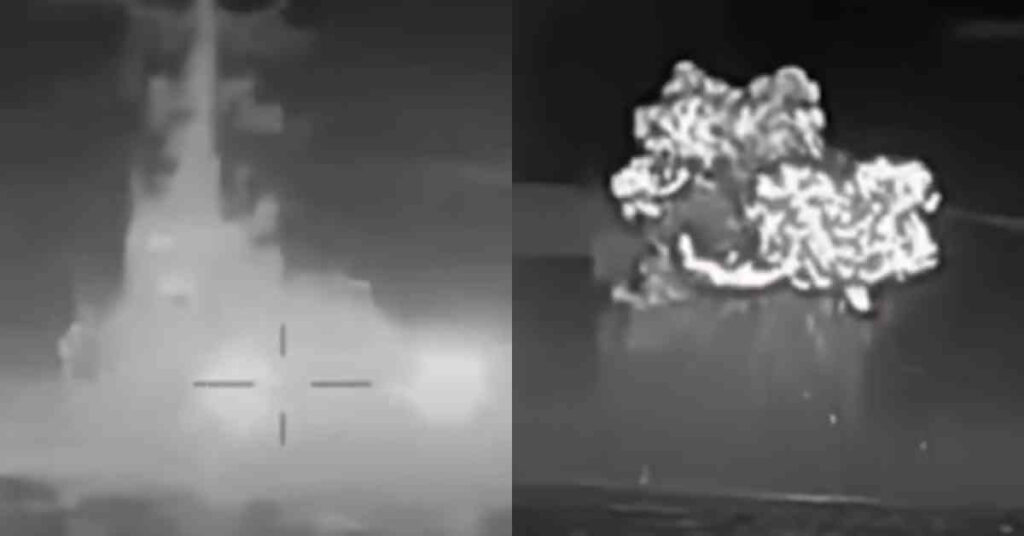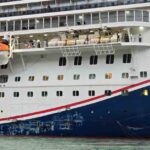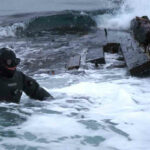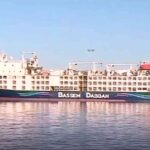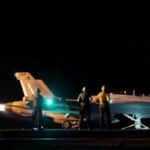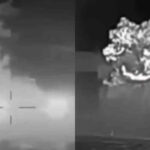Watch: Samsung Succeeds In Most Advanced Remote Self-Driving Test
Samsung Heavy Industries is attracting attention by showing the most advanced technology in the field of remote autonomous navigation, the future technology of the shipbuilding industry.
Samsung Heavy Industries announced on the 19th that it has succeeded in remotely and autonomously operating an actual ship with a length of 38 meters and a weight of 300 tons offshore near the Geoje Shipyard.
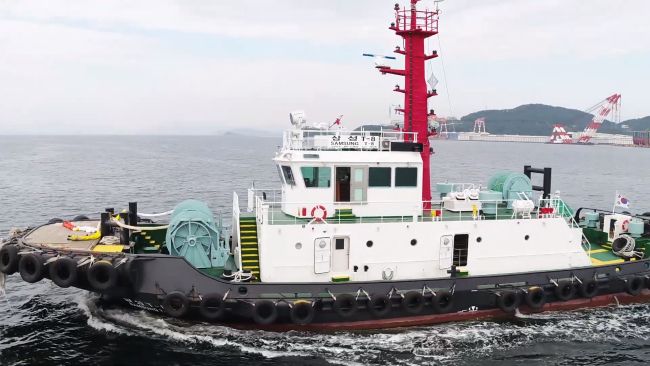
This demonstration was held at the same time at the Geoje Shipyard and the remote control center installed at the Daejeon Marine Research Center 250km away.
Samsung Heavy Industries succeeded in demonstrating it by mounting the SAS (Samsung Autonomous Ship), a remote autonomous navigation system developed with its own technology, for the first time in the shipbuilding industry on the actual tow vessel’SAMSUNG T-8′.
SAS analyzes signals from navigational communication equipment such as Radar, GPS, and AIS (Automatic Identification System) installed on the ship in real time to recognize nearby ships and obstacles, and evaluates the risk of collision considering the ship’s operation characteristics to optimally avoid It finds the route, and the ship can safely navigate to its destination by automatically controlling the propulsion and steering system.
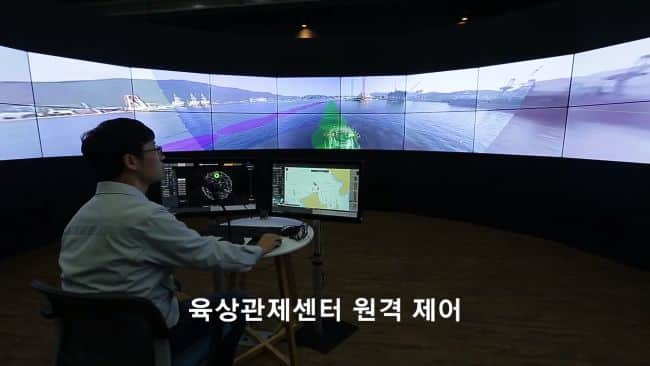
In addition, through the world’s first 360-degree around-view for ships and LTE/5G mobile communication technology, it is possible to remotely control the ship while viewing a video as if looking down at the ship directly from the sky at a remote land control center. It is possible.
In the actual test operation, the SAMSUNG T-8 returned safely to its destination about 10km away without the intervention of the crew.
In particular, it showed a collision avoidance technology that avoids other ships or obstacles that appear within a radius of 1km during operation.
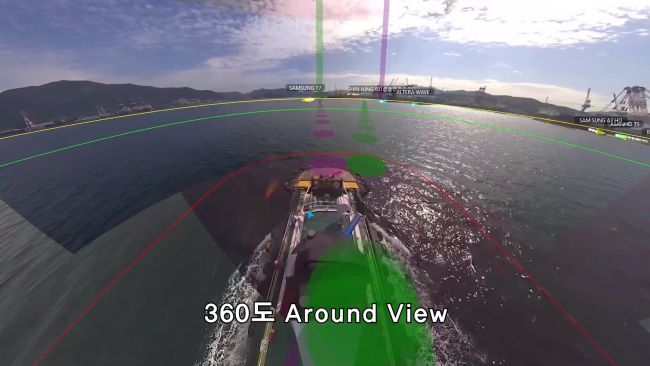
In addition, at the land control center located in Daejeon, the operation status of the ship was monitored in real-time through a video combined with augmented reality (AR) technology through a large screen, and a technology to directly remotely control the ship was demonstrated.
Shim Yong-rae, head of Samsung Heavy Industries’ shipbuilding and maritime research institute, said, “SAS is a safe navigation solution that reduces the burden of crew members by autonomously searching and operating the optimized route.” “We plan to commercialize it in 2022 with a more advanced navigation assistance system.”
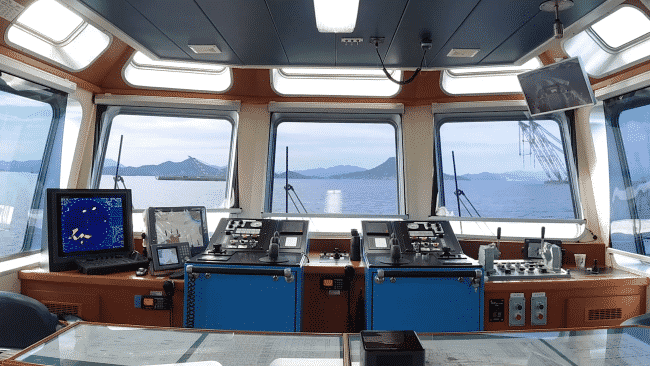
Mr. Shin Myung-seop, head of DNV GL (Norway Register), who attended this demonstration, said, “It is a successful demonstration that combines Collision Avoidance, Auto Pilot, and Remote Control technologies.” “We proved the technological leadership of remote autonomous navigation”
On the other hand, Samsung Heavy Industries is taking off as a ‘first mover’ in the field of remote self-driving by successfully performing remote autonomous navigation tests and actual ship demonstrations through the industry’s first LNG carrier-shaped model ship’EasyGo’.
Reference: samsungshi.com
Marine Insight does not own the rights of the video.
Do you have info to share with us ? Suggest a correction
About Author
Marine Insight News Network is a premier source for up-to-date, comprehensive, and insightful coverage of the maritime industry. Dedicated to offering the latest news, trends, and analyses in shipping, marine technology, regulations, and global maritime affairs, Marine Insight News Network prides itself on delivering accurate, engaging, and relevant information.
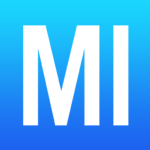
About Author
Marine Insight News Network is a premier source for up-to-date, comprehensive, and insightful coverage of the maritime industry. Dedicated to offering the latest news, trends, and analyses in shipping, marine technology, regulations, and global maritime affairs, Marine Insight News Network prides itself on delivering accurate, engaging, and relevant information.
Latest Videos Articles You Would Like:
- Cruise Ship Damaged Due To Severe Weather, Passengers Stuck Abroad
- Archaeologists Examine 19th-Century Shipwreck Found On Canadian Coast
- Australia Stops Livestock Ship From Sailing Around Africa To Israel Amidst Houthi Attacks
- Iran Warns U.S. Of Targeting Cargo Ships Following Latest Airstrikes On Houthis
- Watch: Ukrainian Forces Destroy Russian Missile Boat In Black Sea Operation
- Two Dead After Tragic Collision Between Water Taxi And Passenger Ferry In the Philippines
Subscribe To Our Newsletters
By subscribing, you agree to our Privacy Policy and may receive occasional deal communications; you can unsubscribe anytime.
